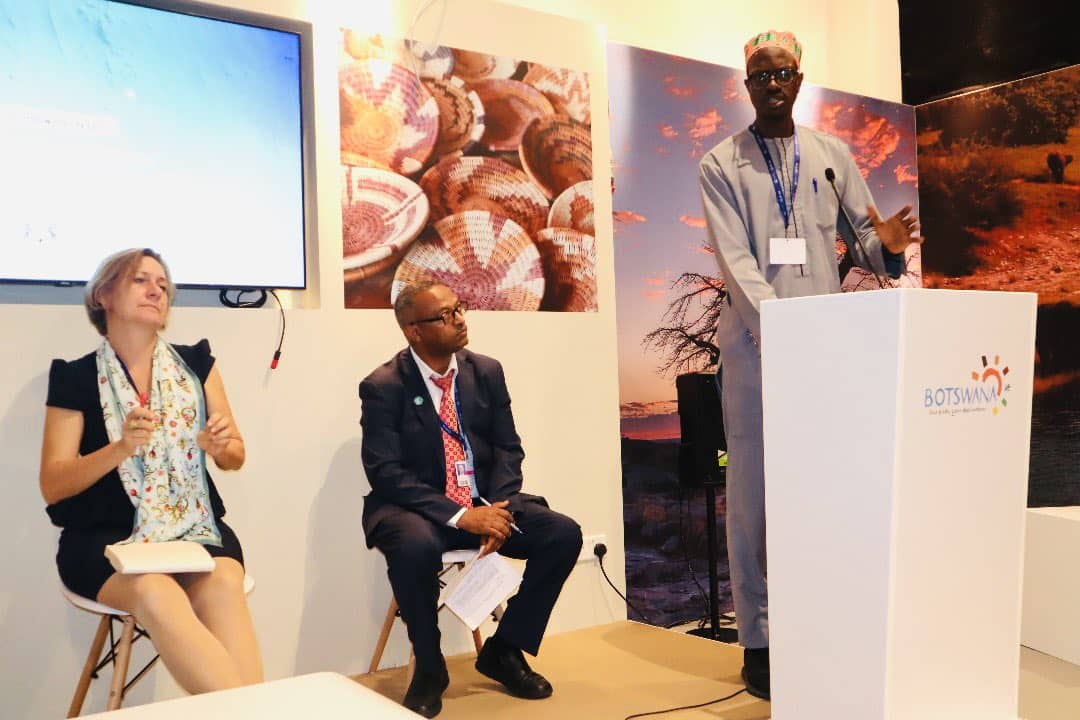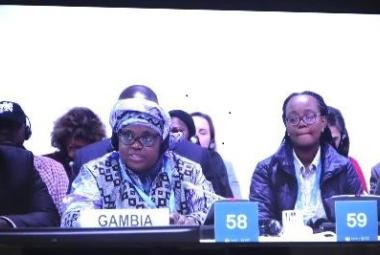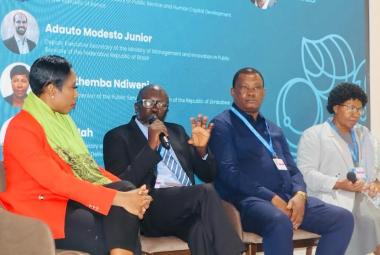In a bit to become a climate-resilient and middle-income country by 2050 through green economic growth, the Gambia has developed ambitious plans and strategies for net-zero carbon emissions such as The Gambia Climate Vision by 2050.
The vision aims to provide guidance and stability for short-term action and serve as a roadmap for making the right investment decisions for decades to come.
It will also provide a framework for responding to global disruptions and ensure that hard-earned development gains are not eroded or lost.
To achieve the Gambia Climate Vision’s goal, The Gambia`s Long-Term Climate-Neutral Development Strategy (LTS) was developed in 2022
The LTS has defined an action plan with identified priority areas to move into the implementation of the Climate Vision such as low emissions and resilient economy, an engaged and resilient population, climate-resilient food and landscapes, and protecting the future of its coastline.
At a side event held at Bostowana Pavilion on the topic ‘’Sharing progress and experiences in developing a long-term strategy and climate vision’’
DPS Bubacarr Jallow shared the Gambia perspective:
- The Gambia undertook a year-long process of participatory consultation, jointly coordinated by MECCNAR and the Ministry of Finance, to inform the development of its 2050 Climate Vision.
- Between January 2020 and February 2021, more than 100 stakeholders took part in visioning workshops, several small and virtual consultations, email surveys, questionnaires, and key informant interviews.
- A significant level of effort and resources went into The Gambia’s visioning process, which was a direct result of the high-level political leadership from the Ministers of both MECCNAR and MoFEA.
Even though the two documents were approved by the Cabinet this year, not much progress has been made on funding, although bilaterals have been held since 2022 with the Islamic Development Bank and the African Development Bank.







